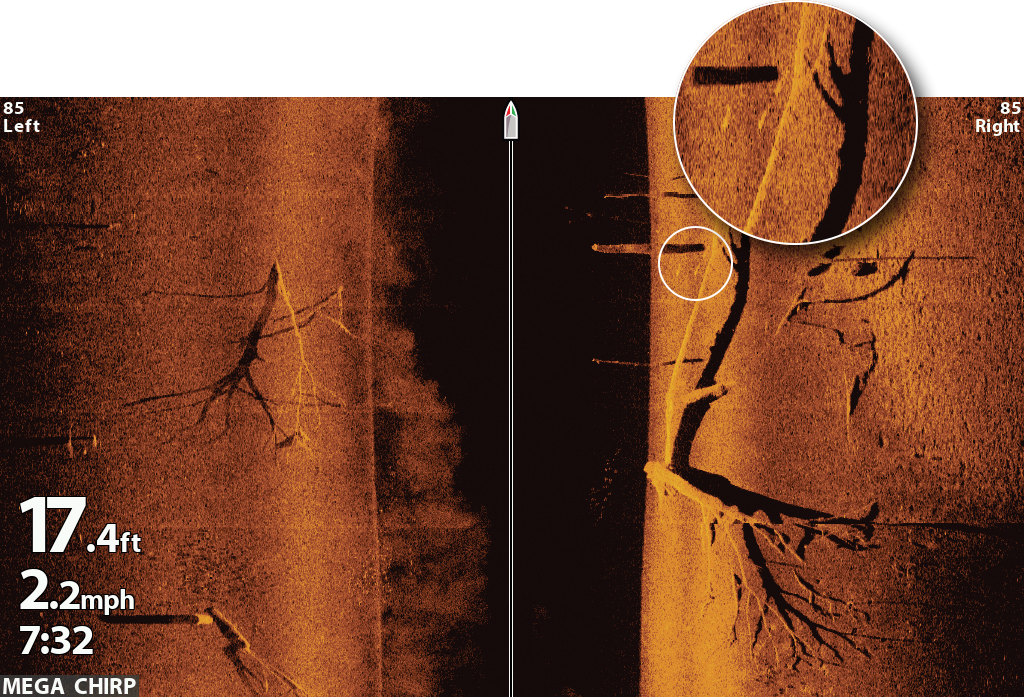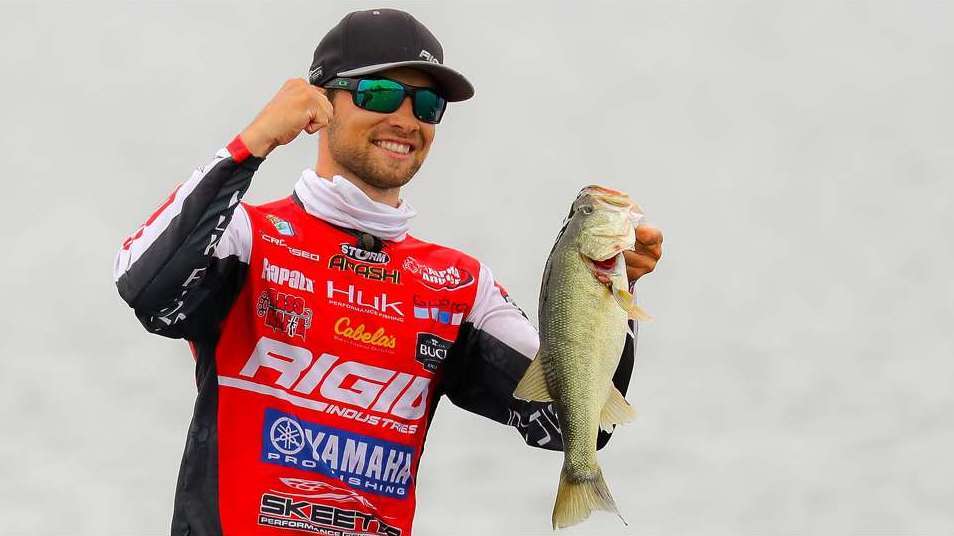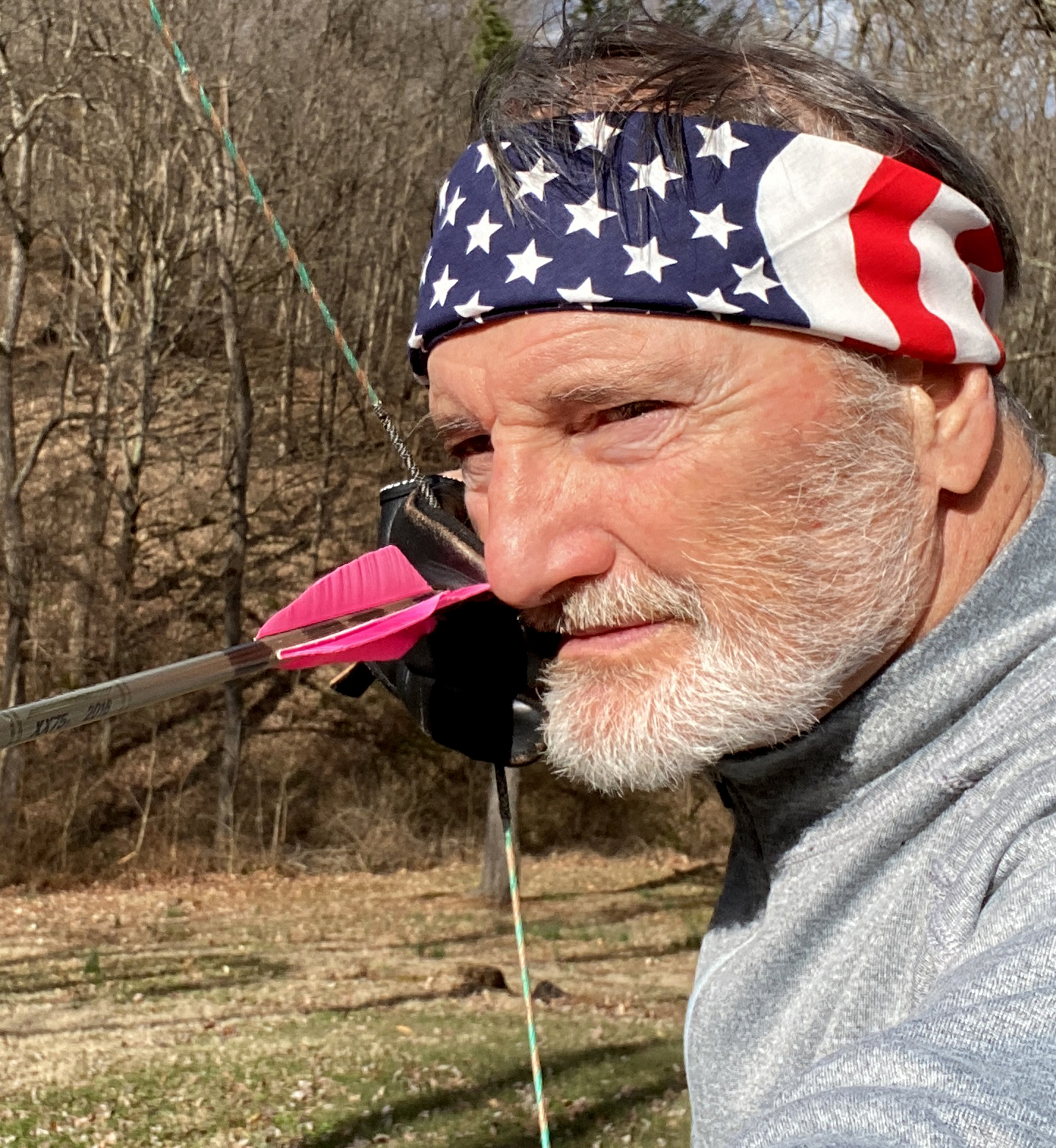
Humminbird revolutionized fish finding sonar when they introduced Side Imaging. Because Side Imaging lets you clearly see and identify fish-holding structure on either side of the boat, it greatly reduces the time it takes to put a deep bend in your rod. Down Imaging soon followed.
Prior to this, imaging sonar had been used by the military, Homeland Security and commercial fishermen. Imaging sonar sends out a narrow band of high-frequency signals that produce video-like images. A tree looks like a tree, a rock looks like a rock and a submerged bridge is shown in glorious detail. Imaging sonar eliminates the guesswork associated with traditional 2D sonar.

Humminbird has again changed the game with MEGA Imaging. It delivers nearly 3X the output of standard Side Imaging and takes fishing sonar into the megahertz range for the first time. This groundbreaking CHIRP technology uses multiple frequencies to create the most detailed Side Imaging, Down Imaging and 2D images bass anglers have ever seen.

MEGA Imaging proved indispensible for 2017 Bassmaster Elite Series Angler of the Year Brandon Palaniuk when he won the Toyota Bassmaster Texas Fest tournament at Sam Rayburn Reservoir the same year. While practicing for that event, he used MEGA Imaging to find his winning bass suspended near brush piles. During the tournament, he idled past the brush piles with MEGA Side Imaging before fishing them. This allowed him to see how the bass were positioned.
“Mega Imaging is so detailed I could tell whether or not the bass were facing the cover,” Palaniuk said.
If the bass were facing the cover, Palaniuk knew they were feeding and would snap up a big Texas rigged worm. If the bass were scattered and facing in different directions, he knew they were not feeding and that he had to coax bites with a subtle Neko rig.
To get such amazing fish detail in MEGA Side Imaging, Palaniuk uses the touch zoom feature on one of his Humminbird SOLIX 12 units. The secret is to zoom in on the fish’s bottom shadow. The fish is displayed as a white streak, but its shadow shows the fish’s dark profile in such detail that Palaniuk can determine its species as well as the direction it is facing.
“I usually set MEGA Side Imaging between 100 and 115 feet on each side,” Palaniuk said.
Select Humminbird SOLIX graphs display crystal clear MEGA Imaging on their large Cross Touch interface screens and include AutoChart Live mapping, Humminbird Basemap and Bluetooth networking. These innovative technologies are also found on select Humminbird HELIX 12, 10 and 9 G2N models, with the exception of a touchscreen, which is only available on the SOLIX.
Palaniuk employs CHIRP Digital 2D sonar when running on plane and fishing from the bow. By scanning multiple frequencies CHIRP improves target separation, reduces noise and creates well-defined fish arches in 2D.
“It simply gives you a cleaner image,” Palaniuk said.
Two Humminbird Ethernet modules allow Palaniuk’s four SOLIX 12 units, his Humminbird 360 Imaging transducer and Minn Kota Ultrex trolling motor to network with each other.
“When I’m fishing, I can scroll my cursor 50 feet to the side of a waypoint and the Ultrex will go right over there and lock on that spot,” Palaniuk said. “It’s total boat control.”
In addition to Humminbird’s Basemap, Palaniuk relies on LakeMaster digital maps, also created by Humminbird.
“The accuracy of LakeMaster is incredible,” Palaniuk said.
LakeMaster maps work with Humminbird’s SmartStrike map card. Based on the season, time of day, water temperature and other factors, SmartStrike highlights areas on the lake map where targeted species of fish are most likely to be biting.
“SmartStrike is like tapping into all the Humminbird pro’s brains,” Palaniuk said.
AutoChart Live, which creates contour lines in real time, comes into play for Palaniuk when he is fishing a small lake or the backwater of a larger lake that has not been charted.
When you combine AutoChart Live, SmartStrike, LakeMaster maps and Humminbird’s many other innovative technologies with MEGA Imaging, the result is unequaled fish finding proficiency.

